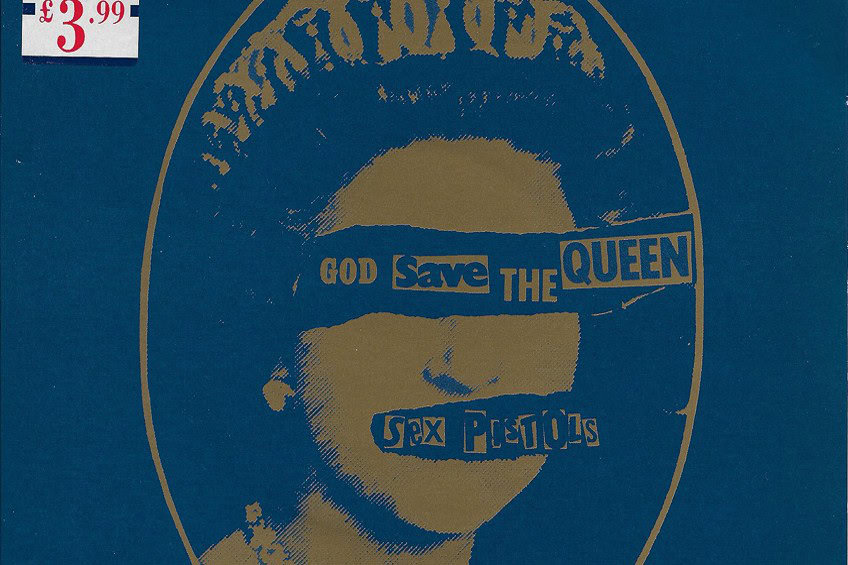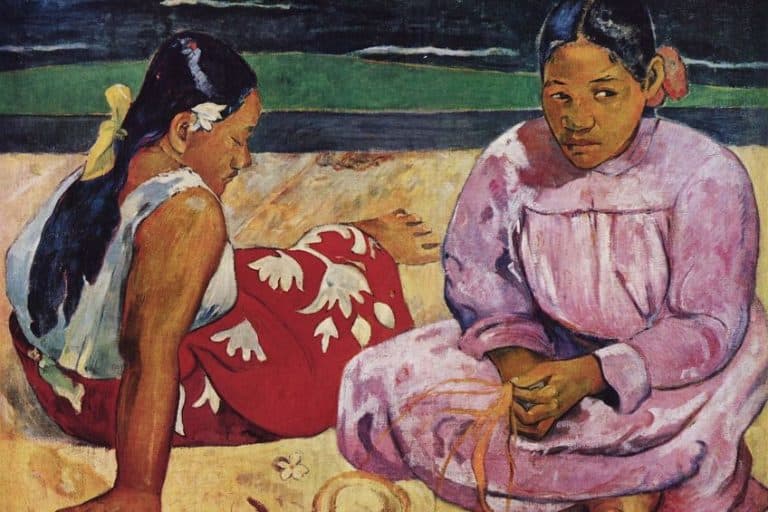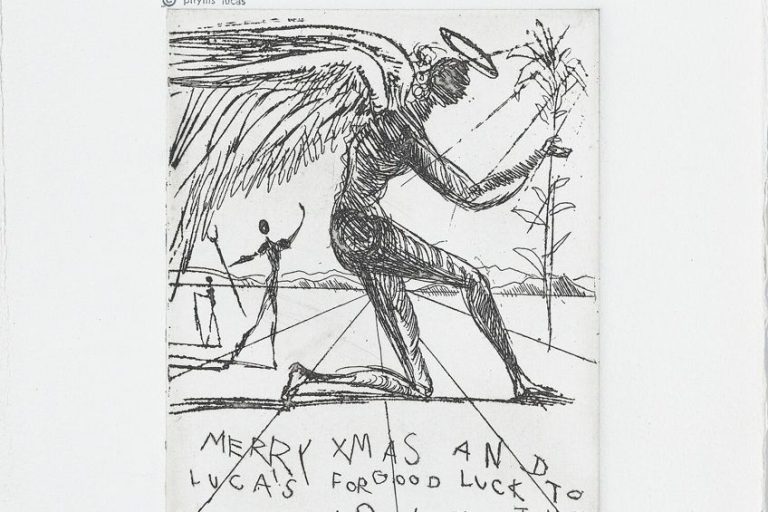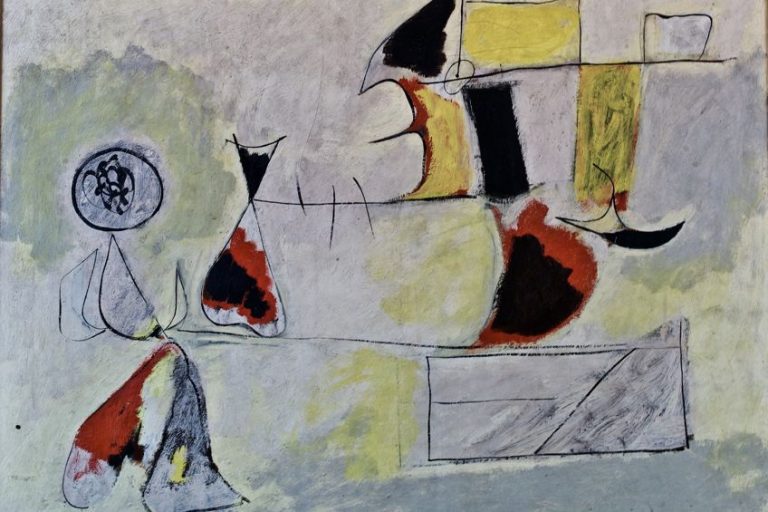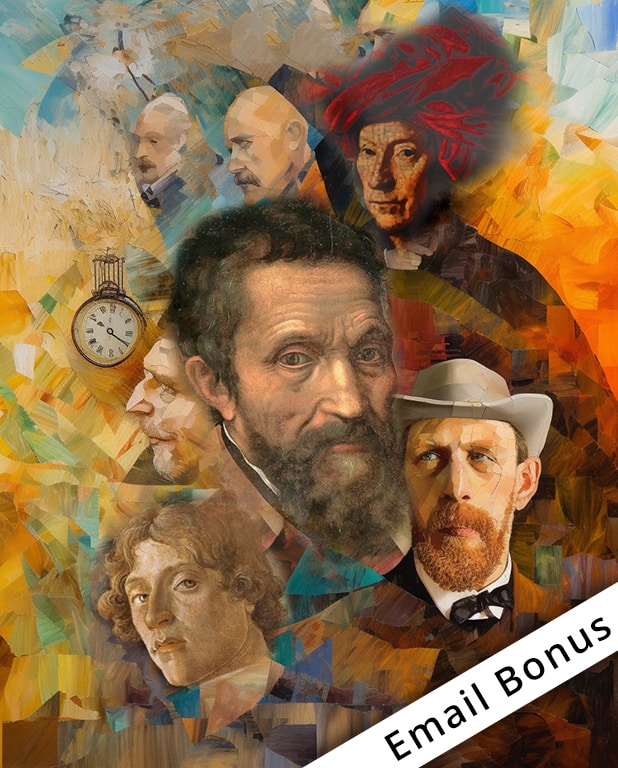Punk Art – Evolution and Influence in Modern Culture
Punk art emerged in the 1970s as a visual counterpart to the raw, rebellious energy of the punk rock movement. Rooted in DIY ethics, anti-establishment attitudes, and a rejection of traditional art forms, punk art was characterized by bold, aggressive aesthetics, often using collage, graffiti, and provocative imagery. Artists like Jamie Reid and Raymond Pettibon became emblematic of the genre, creating iconic works that challenged societal norms. This art form blurred the boundaries between fine art and popular culture, leaving a lasting impact on graphic design, street art, and contemporary visual culture.
Key Takeaways
- Punk art blends anti-establishment themes with DIY ethics.
- Jamie Reid and Jean-Michel Basquiat are key figures in this movement.
- The movement’s impact continues to influence contemporary art and design.
Historical Context and Origins
Punk art emerged in the late 1970s as a rebellious force within the visual arts, paralleling the rise of punk rock music. This subcultural movement rejected established conventions, infusing art with a raw, unapologetic aesthetic that often featured elements like DIY ethics, anti-establishment themes, and chaotic visual styles. Key figures such as Jamie Reid and Jean-Michel Basquiat played pivotal roles in defining this genre through their influential works.
The ethos of punk art challenged societal norms and mainstream art practices. It drew heavily from the punk rock scene, merging music and visual arts into a cohesive cultural phenomenon.
Iconic artworks like Reid’s God Save the Queen collage for the Sex Pistols encapsulate the movement’s spirit, blending political commentary with radical design. From ransom-note typography to anarchic graffiti, punk art’s design elements remain distinctive and influential. Contemporary artists and designers continue to draw inspiration from punk’s raw, unfiltered approach, underscoring the movement’s lasting impact on culture and visual expression.
Emergence from the Punk Subculture
The punk subculture began in the mid-1970s in cities like London and New York. It quickly grew into an international movement characterized by loud, aggressive music and an anti-establishment ethos. Punk rock bands often featured vocalists, electric guitarists, bassists, and drummers who created a raw, energetic sound. This musical backdrop set the stage for diverse artistic expressions.

Economic struggles in the late 1970s, particularly among young adults, fueled the movement’s development. Unemployment and disenchantment with societal progress prompted a radical rethinking of art and culture, leading to a near-complete reset in creative expression.
Influences of Dada and Situationist International
The punk art movement drew significant inspiration from Dadaism and the Situationist International. Dada, an avant-garde movement from the early 20th century, rejected conventional aesthetics and embraced absurdity and anti-art sentiments. These principles found resonance with punk artists who sought to challenge mainstream norms.
The Situationist International, active in the 1950s and 1960s, further shaped punk art. This group emphasized the role of art in critiquing consumer society and sought to disrupt traditional cultural representations.
Their emphasis on “spectacle” and the commodification of everyday life influenced punk’s approach to visual art, media, and performance. This combination of influences resulted in a unique and provocative art form that continues to leave a lasting impact on culture.
Key Figures and Works
Key figures and works in punk art heavily influenced visual aesthetics and cultural trends. Notable individuals and iconic pieces from this era include artists like Jamie Reid and bands like the Sex Pistols and Ramones.
Pioneers of Punk Aesthetic
Jamie Reid was a significant figure in punk art. He is famed for his iconic cover designs for the Sex Pistols, including the God Save the Queen and Anarchy in the U.K. Reid’s use of ransom note-style lettering and anarchic imagery became a defining feature of punk visuals. Malcolm McLaren, manager of the Sex Pistols, also played a pivotal role in shaping punk aesthetics by collaborating with designers and artists like Vivienne Westwood.

Another key figure is Gee Vaucher, known for her political collages and contributions to the punk group’s art collective, Crass. Vaucher’s work often juxtaposed powerful images with thought-provoking text, challenging societal norms.
Iconic Punk Art Pieces and Design
The album cover of Never Mind the Bollocks by the Sex Pistols, designed by Jamie Reid, remains a hallmark of punk art. The collage style and provocative imagery encapsulated the rebellious spirit of punk. The album artworks of Black Flag, created by Raymond Pettibon, stand out for their raw and confrontational style.
Pettibon’s black-and-white illustrations conveyed the band’s aggressive message effectively.
The Art of Expediency series by Crass features bold, politically charged graphics and messages. These works by Gee Vaucher and other collective members directly addressed social issues, cementing their legacy in punk art.
Influential Bands and Musicians
The Sex Pistols were central to the punk movement. Their visual identity, crafted by Jamie Reid, complemented their disruptive music and anti-establishment stance. The Ramones contributed to the punk aesthetic with their tight jeans, leather jackets, and minimalist album covers. Their straightforward style was as influential as their music.

Patti Smith is another pioneer, combining poetry and punk rock. Her album covers, such as “Horses,” featured stark, black-and-white photography that mirrored her raw, emotive style. Black Flag, under the artistic direction of Raymond Pettibon, solidified the connection between music and visual art with powerful graphics that mirrored their intense musical style.
Aesthetic and Design Elements
The punk art aesthetic is marked by its raw, visceral, and anti-establishment qualities. Key elements include innovative techniques in graphic design and a distinctive influence on fashion, both of which visually articulate the rebellious spirit of the punk movement.
Graphic Design and Visual Art Techniques
Punk graphic design is characterized by a gritty, DIY (Do It Yourself) ethos. Techniques like collage and photomontage dominate, producing chaotic yet impactful visuals. Ransom-note lettering—where text is composed of letters cut from various sources—became a signature element, reinforcing the movement’s anti-authoritarian message.
Black and white Xerox copying and rubber-stamping are frequently employed for their accessibility and raw aesthetic. Silkscreen printing also played a critical role, allowing designs to be mass-produced cheaply.
These methods were typically used to create posters, album covers, and zines that encapsulated the punk ethos.
Fashion and Style Influence
Punk fashion is as integral to its identity as its musical and visual elements. Leather jackets adorned with pins and patches, ripped shirts, and safety pins serve not merely as style choices but also as symbols of anti-establishment sentiment. The DIY fashion ethos encourages personal customization, making each piece unique.

Accessories like studded belts and thick chain necklaces complement the overall look, conveying a sense of rebellion and nonconformity. Shaggy, spiked hair often dyed in unnatural colors further distinguishes punk from mainstream fashion. The interaction between graphic design and fashion elements helps solidify punk’s place as a significant cultural phenomenon.
Contemporary Influence and Legacy
The influence of punk art extends far beyond its origins, continuously shaping modern art, fashion, music, and pop culture. Its impact remains visible, from visual techniques to DIY ethics and rebellious attitudes.
Punk’s Impact on Modern Art and Fashion
Punk’s rebellious ethos has permeated modern art. Artists like Shepard Fairey have adopted punk’s graphic style and its anti-establishment messages. Punk aesthetics emphasize rawness, immediacy, and political engagement, often incorporating collage, graffiti, and unconventional materials.
Fashion also carries punk’s legacy.
Designs featuring deconstruction, asymmetry, and distressed fabrics reflect punk’s challenge to traditional styles. The DIY culture popularized by punk enables individuals to create and personalize their own fashion, pushing the boundaries of self-expression.
Legacy in Music and Pop Culture
In music, punk’s influence is evident in genres like Post-Punk, New Wave, and Hardcore. Bands continually draw inspiration from punk’s minimalist and aggressive sound. The genre’s impact is also felt in its DIY ethos, encouraging musicians to self-produce and self-release their work, bypassing traditional music industry gatekeepers.

Punk’s cultural movements have left a lasting mark on cinema and visual arts. Films and art pieces often adopt punk’s raw aesthetic and its themes of rebellion and anti-conformity. Subcultures that emerged from punk continue to evolve, maintaining punk’s spirit through new artistic expressions and community-driven initiatives.
Punk art’s lasting influence lies in its defiance of conventional boundaries and its embrace of raw creativity. By fusing art with the rebellious spirit of punk rock, it reshaped visual culture, leaving a legacy that continues to resonate in contemporary art, fashion, and design. Punk art’s DIY ethos and subversive imagery have inspired generations of artists to challenge societal norms and redefine what art can be. Its bold expression remains a powerful reminder of the capacity for art to provoke, question, and disrupt the status quo.
Frequently Asked Questions
Who Are Some Prominent Artists Associated With the Punk Art Movement?
Prominent artists include Jamie Reid, known for his iconic album covers for the Sex Pistols. Raymond Pettibon created influential work for Black Flag. Other notable artists are Gee Vaucher, Winston Smith, and Vivienne Westwood.
How Did the Punk Art Movement Originate and What Influences Did It Have?
Punk art originated in the 1970s, influenced by economic hardship and a desire to break free from conventional norms. It was heavily tied to the music scene, especially punk rock. The movement drew inspiration from Dadaism, Situationism, and DIY ethics.
What Are the Distinguishing Features of the Punk Art Style?
Punk art is characterized by its raw, unpolished aesthetic, often using collage, bold typography, and distressed visuals. It employs anti-establishment messages and a do-it-yourself approach. The use of bright colors alongside monochrome schemes adds to its striking impact.
How Does Punk Art Differ from Other Contemporary Art Forms of Its Time?
Punk art sets itself apart with its emphasis on rebellion and anti-commercialism, contrasting with the more commercial pop art and polished minimalist styles of the time. It embraced a more radical, grassroots approach rather than one rooted in mainstream acceptance.
Isabella studied at the University of Cape Town in South Africa and graduated with a Bachelor of Arts majoring in English Literature & Language and Psychology. Throughout her undergraduate years, she took Art History as an additional subject and absolutely loved it. Building on from her art history knowledge that began in high school, art has always been a particular area of fascination for her. From learning about artworks previously unknown to her, or sharpening her existing understanding of specific works, the ability to continue learning within this interesting sphere excites her greatly.
Her focal points of interest in art history encompass profiling specific artists and art movements, as it is these areas where she is able to really dig deep into the rich narrative of the art world. Additionally, she particularly enjoys exploring the different artistic styles of the 20th century, as well as the important impact that female artists have had on the development of art history.
Learn more about Isabella Meyer and the Art in Context Team.
Cite this Article
Isabella, Meyer, “Punk Art – Evolution and Influence in Modern Culture.” Art in Context. October 31, 2024. URL: https://artincontext.org/punk-art/
Meyer, I. (2024, 31 October). Punk Art – Evolution and Influence in Modern Culture. Art in Context. https://artincontext.org/punk-art/
Meyer, Isabella. “Punk Art – Evolution and Influence in Modern Culture.” Art in Context, October 31, 2024. https://artincontext.org/punk-art/.


